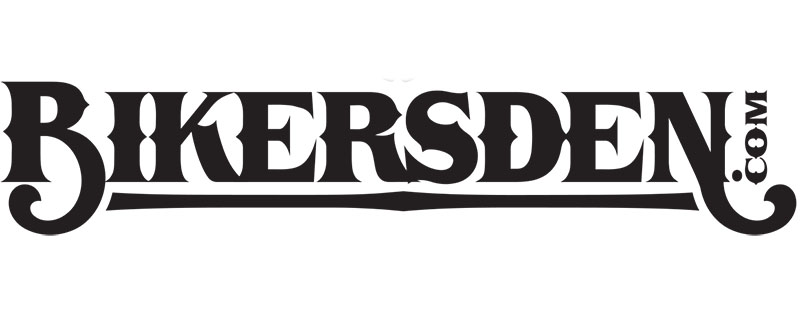Just kidding. In a way, it’s true, though. Harley Davidson and Indian may not be officially working with one another, but it is interesting that they have both recently come out as looking for “sleepers.”
These are the 9 million or so licensed riders in North America that don’t own a bike and have the ability and credentials to simply walk into a dealership and buy one. In a time when the demographic of riders continues to get older and the cost of new bikes continues to spiral upward, these sleepers represent a huge potential catch if Harley and/or Indian could convince them to actually buy a bike. These are the sleepers that Harley and Indian want.
Theoretically, converting just 20% of those licensed riders into owners would have the effect of increasing overall registration by nearly 25%. At a time when Indian and Harley are struggling to find the sweet spot with new bike sales in a demographic that is getting older, this could be the difference in continuing to be a big fish in a big pond or a big fish in a small pond.
So where did all these licensed riders go? Aside from going to sleep? Simple – they had other things to do. Certainly, the costs of ownership might have gotten in the way of riding, but more likely, they had families, careers, and other things to do. No place to store a bike or time to ride.
At the same time, there is a very real issue for the manufacturers, too – for most of those people who don’t ride, the costs of ownership aren’t clearly understood. Younger people – the so-called Millennial generation – have student debt and the very real costs of family, housing, and furnishing that house. Older riders might have more disposable income, but they also might be looking at retirement savings and other hobbies that make the costs of riding look untenable.
Of course, the real challenge that Harley and Indian face is convincing these sleepers that buying a new bike is what they need to do. We’ve talked many times over the years in these pages how inexpensively one can get into riding if you choose to, but laying out ten or twenty thousand dollars requires a passion that many of these folks may not have. The “stuff” that got in the way before is still there in most cases.
At the same time, there is another challenge that manufacturers have to face – what are they producing? The silliness of reality television leads some folks to believe that the only good bike is a bar hopper that is useless and uncomfortable. “Fashionable” bikes, in my experience, are anything but enjoyable to ride and some of the offerings on the showroom floor are worthless to a newer rider. Harley has subliminally acknowledged that by promising to deliver more bikes themed to newer riders in the next ten years, but, aside from talking about it, the actual products they are gearing towards new riders? The Street 500? Gimme a break.
If you want to wake up these sleepers, then you need to give them a better incentive to buy new and ensure their loyalty. Give them the confidence that you can turn out great products, take care of that product, and give them a reason to come back in 2 years with the desire for a bigger bike. Guarantee that the depreciation the bike is going to have is not going to be an impediment to them trading up when the time comes and that you want their business over the long term, not just the short dollar.
